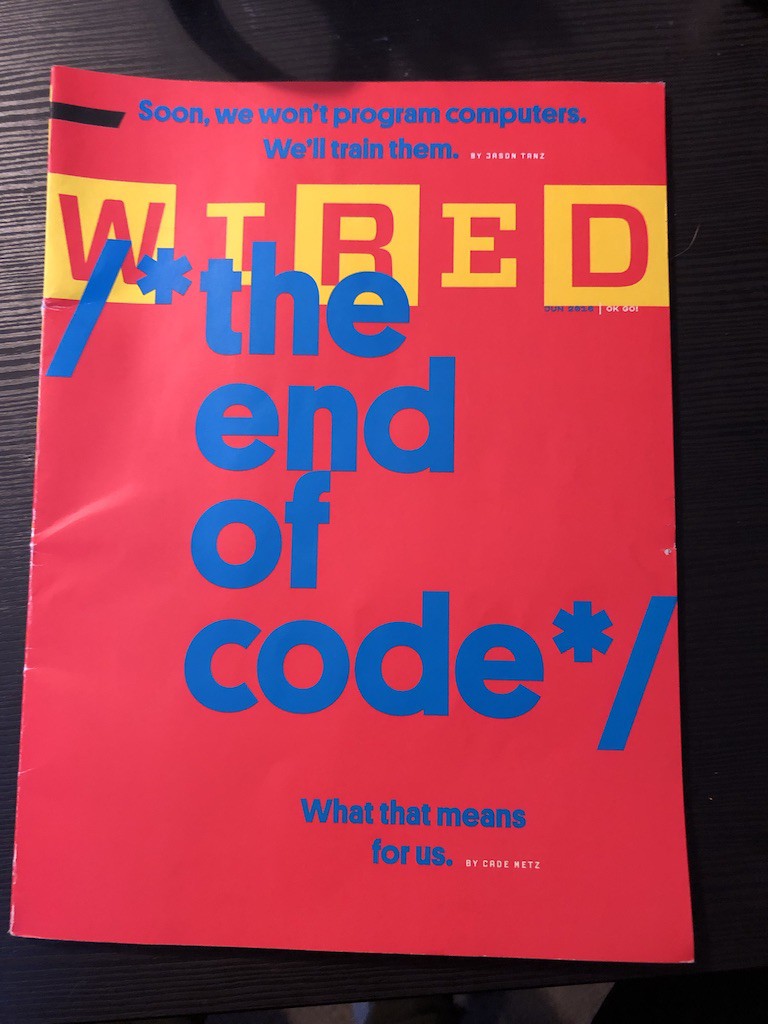Table of Contents
Who are you and what have you built?
Do I need integrations? If so, which ones and for what purpose?
Am I okay using a template, or do I want my store to be completely unique? Or a blend of both?
How important is customer support to me?
What do my business processes look like and how does this platform meet those?
Who are you and what have you built?
My name's Hiram and I'm building a brand called Tee Tweets. Tee Tweets was built on the premise of empowering everyone to wear any tweet in the world. Wear famous tweets, celebrity tweets, friends' tweets, and even your own tweets. You can also request a completely customized tweet (such as one that doesn't actually exist) in its native tweet format.

I set out to build Tee Tweets with the objective of igniting laughter and unity. Since then, it has evolved to become something greater, where the users control the message.
Fans wear Tee Tweets in support of celebrities, as fashion statements, to promote their own business/brand, or in comedic and sarcastic ways. It has been incredible to see how differently the tweets are interpreted and how fans choose to wear them. There have been some incredibly creative combinations that we've seen shared, and we've only scratched the surface.
How did you build it?
The main platform we're using is Shopify. After thorough research into other eCommerce platforms, I settled on Shopify as the best possible option at the time. Getting the website up and running took a couple of weeks because of a combination of other constraints/commitments and my perfectionist tendencies.
As an Informatics & Computing major, I was familiar with the general structure of a website, but building it on Shopify required very little HTML knowledge to get going. With that said, my background knowledge certainly helped.
More importantly though, was getting lost in Shopify's dashboard. It’s often a good thing to get lost in something new because it forces you to learn at a quicker rate.
Shopify used to be much more difficult to navigate, which made it harder to get up and running. Nevertheless, it's gotten much more intuitive and remains a prominent platform in the growing eCommerce space. For someone who has never run an eCommerce platform before, I would still recommend starting with Shopify despite its limitations.
With that said, it's still worth your time to explore other options. Beyond pricing, ask yourself other questions, such as:
Do I need integrations? If so, which ones and for what purpose?
For example: If you’re planning dropshipping, Shopify’s app store has a ton of apps to help you with this. And being the most popular eCommerce platform in the world, tons of fulfillment services (even the primitive ones) will make sure to integrate with Shopify.
Am I okay using a template, or do I want my store to be completely unique? Or a blend of both?
Unless you’re fluent in Liquid (Shopify’s templating language), chances are you’ll have to work from a template.
How important is customer support to me?
Shopify offers support. If you go with a much more extendible platform like thirty bees, you’ll only receive community support. If you’re a developer, this might be okay for you. But if you’re looking for more dedicated customer service, this is something to consider.
What do my business processes look like and how does this platform meet those?
The technology you use should work and adjust to meet your needs, not the other way around. Determine which platform meets your needs best.
If I need to make the jump to another platform, will this platform make it easy for me to do so? What can/can't be done?
Vendor lock-in is a real problem nowadays. There’s lots of integrations offered, but many SaaS platforms will try to lock you into their ecosystem. Should the need to migrate arise for whatever reason, it’s important to be cognizant of the platform’s flexibility.
What are the biggest challenges I'm likely to face with this platform in in the short term and the long term?
Getting started is exciting, and it’s easy to fall into a trap of just jumping into it without much thought. But “move fast and break things” is broken. It’s better to invest some thought into the underlying technology you’re building your business on.
I set up shop during the last few weeks of my senior year at Indiana University. Things had still been busy with final projects and exams, but I was extremely energized to start building and finally launch after doing lots of planning a couple of months before. So energized, that I didn't even want to go to my graduation ceremony. I was simply ready to start building.

That summer was easily the busiest summer of my life up to that point. In addition to Tee Tweets, I had started developing a database (code-full) for a real estate development firm, as well as landed a private consulting client. Needless to say, I was working 14-18 hour days. Going to sleep at 4am, eating quickly, not going to the gym enough, not going out at all. Not good from a health perspective, and I don’t think it’d be a good idea to do it that way again.
Figuring out which tools to use is one of the most time-consuming yet important parts of building. But once again, it comes down to figuring out your requirements and working backward from there. With that said, you might start using a tool that might not be the perfect fit you imagined it to be. That's okay, don't get discouraged. Now you understand the pros and cons of that. And believe me, there will always be cons. It's just about jumping in and figuring it out as you go.
On no-code and visual development
I wish the no-code market has existed as prominently as it does now when I was younger. I can't even begin to quantify how many ideas I could have turned into reality when I was in high school, or even middle school when I had much more time on my hands. Nevertheless, I'm really happy to see how far it's come and excited to see what comes next as the no-code market keeps developing.

One thing I hope to start seeing is an increasing number of integrations/collaborations between services. We've already seen collaborations like Webflow + After Effects/Lottie, which is synergetic by nature. Building any product requires tools for design, marketing, finance, etc., so having a basket of no-code tools that can tackle all angles of the product will become increasingly useful, especially for solo founders and indie makers.
Something I like to do and encourage others to do is to actively send feedback to your no-code platforms. Let them know: How are they doing well? What can they improve? What would you like to see? Many services have communities and forums that you can sign up for to discuss, upvote, and add features to their roadmaps. I have found this to be the most efficient way in pushing platforms to keep developing in a sustainable manner that pushes out features the users want.
Where can we go to learn more?
Tee Tweets
- Website: teetweets.com
- Pinterest: @TeeTweets
- Twitter: @TeeTweetsDotCom
- Instagram: @TeeTweetsDotCom
Personal
- Web: hiram.io
- Rising Tide (blog): hiram.io/blog
- LinkedIn: @hiramfromthechi
- Twitter/X: @hiramfromthechi
- Medium: @hiramfromthechi
- Mastodon: @hiramfromthechi@mastodon.social

